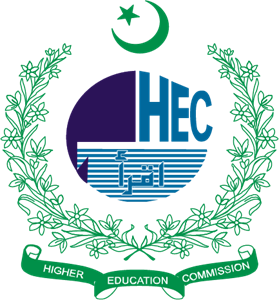SHUNT-FREE LIFE AFTER ENDOSCOPIC THIRD VENTRICULOSTOMY IN TRIVENTRICULAR HYDROCEPHALUS: A RETROSPECTIVE OBSERVATIONAL STUDY OF THREE YEARS
DOI:
https://doi.org/10.52442/rjhs.v5i2.354Keywords:
CSF Leak, Hydrocephalus, Shunt Free, Triventricular HydrocephalusAbstract
Introduction: For many years CSF shunts were proposed as the main and only treatment of choice for Hydrocephalus but due to increased rate of infection, malfunction, surgical revisions and other complications along with the advancement in endoscopic technology, the management of hydrocephalus has been completely revolutionized. The aim of this study was to determine the long term efficacy of Endoscopic Third Ventriculostomy in terms of successful and failed surgical procedures along with intra and post-operative complications.
Material & Methods: This case series study was conducted in department of Neurosurgery Prime Teaching Hospital and Irfan General Hospital Peshawar from February 2019 to January 2022. Consent from was taken from the Ethical Committee of Irfan General Hospital and Prime teaching Hospital. All patients of obstructive hydrocephalus were included. Those patients who had ventriculitis, infected CSF or had undergone a previous ventriculoperitoneal shunt were excluded. All information was put in proforma. Results were analyzed by SPSS version 20 and descriptive statistics were used for demographics and clinical outcomes.
Results: Out of 48 patients, 33 patients (68.7%) were between the ages 1-20 years. The majority of participants were males (68%). ETV was successful in 34 patients (70.8%) with most common cause was Tri ventricular Hydrocephalus 21(43.8%) followed by tumors 16(33.4%). When followed for three years the results of the study showed that ETV was effective in long term as only 14 ( 29.2%) patients required a revision surgery which was either shunt or redo ventriculostomy while the majority of patients 34(70.8%) remained shunt free. The most common complication reported was CSF leak in 3(6.3%) patients.
Conclusion: The results of our study concluded that endoscopic third ventriculostomy is a safe, effective and advance surgical procedure for patients with obstructed hydrocephalus. Our results also concluded that ETV is effective in long term management and decreases the need for shunt placement. Better surgical outcomes in terms of lower complication rates, decreased hospital stay and no mortality rate were associated with ETV.






